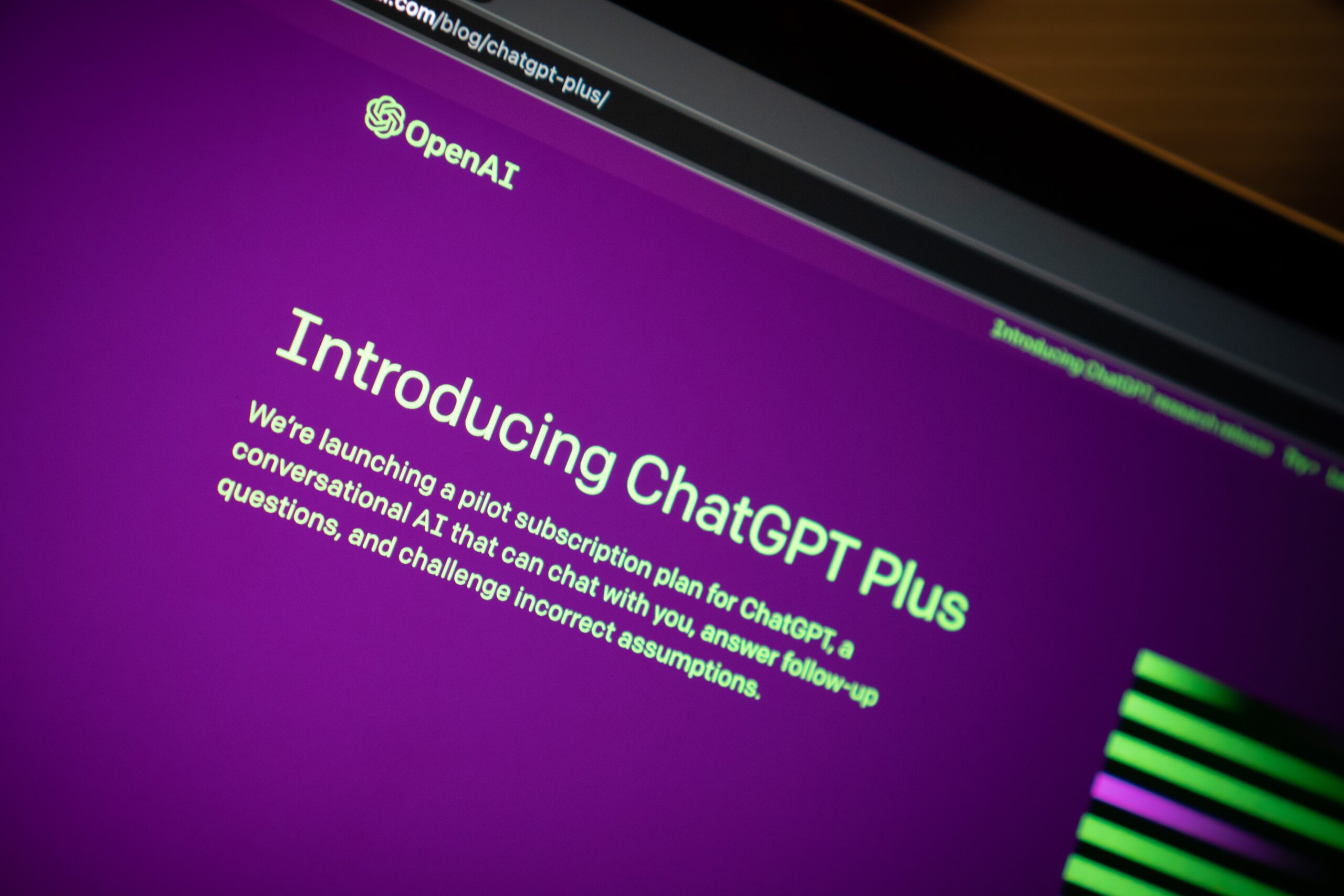As an AI language model, ChatGPT has been designed to help people with a wide range of language-related tasks, including writing blog posts. However, while ChatGPT can be a useful tool for generating ideas and providing inspiration, it’s not always a good choice for actually writing blog posts. One of the main reasons for this is the risk of plagiarism.
Plagiarism is a serious issue in the world of content creation. It occurs when someone copies or paraphrases someone else’s work without giving proper credit. This can have a number of negative consequences, including damaging the reputation of the blogger or website owner, and potentially even leading to legal action.
While ChatGPT is not inherently responsible for plagiarism, it can make it easier for bloggers to inadvertently plagiarize content. This is because the model is trained on a vast amount of text from the internet, including blog posts, articles, and other content. When a user inputs a prompt or topic, ChatGPT uses this training data to generate text that is meant to be relevant and helpful.
However, because ChatGPT is drawing on such a large amount of existing content, there is a risk that the text it generates could be too similar to existing content, or even directly lifted from another source. This is especially true if the user doesn’t take the time to carefully review and edit the output from ChatGPT before publishing it.
To avoid the risk of unintentional plagiarism, bloggers should take a number of precautions when using ChatGPT or any other AI language model for content creation. First and foremost, it’s important to carefully review and edit any text generated by the model, and to make sure that it doesn’t closely resemble any existing content. Additionally, bloggers should always give proper credit to any sources that they reference or quote in their posts.
While ChatGPT can be a valuable tool for generating ideas and inspiration for blog posts, it’s not a substitute for careful writing and editing. By taking the time to review and edit the text generated by the model, and by being vigilant about avoiding plagiarism, bloggers can ensure that their content is original, engaging, and free from legal and reputational risks.

